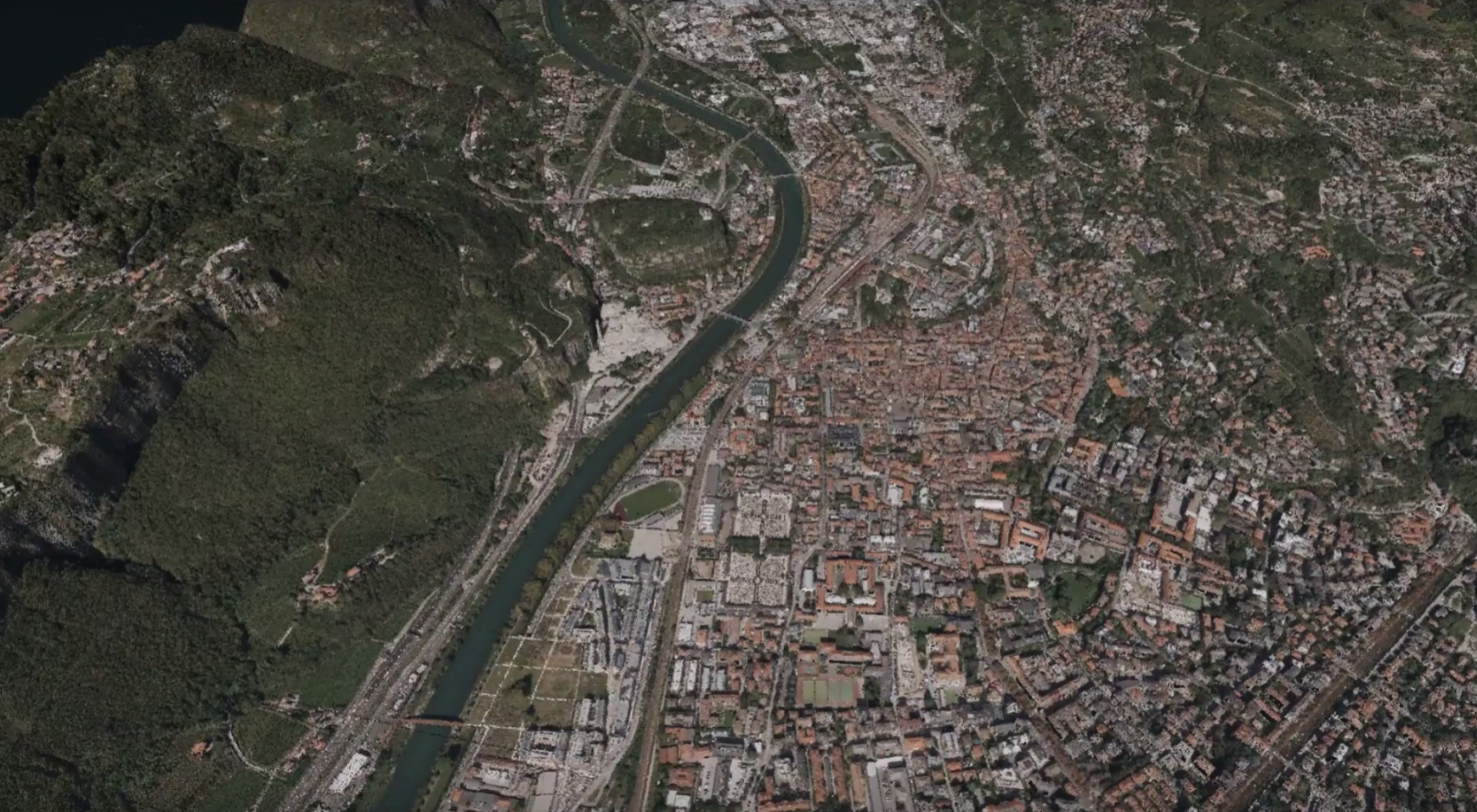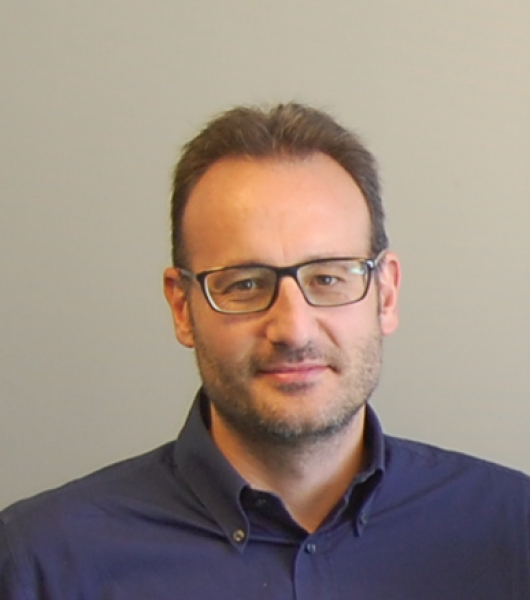3D Buildings for Monitoring and Forecasting Energy Use
The SENECA project (Smart and sustaiNablE City from Above), funded by Fondazione Cassa di Risparmio di Trento e Rovereto (CARITRO) and led by Fondazione Bruno Kessler's 3D Optical Metrology Research Unit in collaboration with TRILOGIS, an IT company based at the Polo Meccatronica, the mechatronics hub, has been completed.
Researchers and experts have worked for two years to develop an innovative approach that allows to verify energy consumption of buildings. Thanks to the Seneca project, FBK and Trilogis have created an effective system to be used in the real estate market. It is a web portal prototype that can for the first time provide 3D information on buildings and energy loss reports on an urban scale. An innovative tool that helps identify the points where priority intervention is needed to improve the energy performance of the city.
For the development of this new methodology, visible and infra-red images were used, photogrammetrically processed to produce extremely high quality and precision orthophotos and 3D models of the urban context.
These geo-spatial data were later integrated with cadastral information, energy consumption and demand of the buildings. The objective was to provide a common and three-dimensional basis for displaying urban and energy data, verifying and evaluating energy efficiency of existing buildings, as well as receiving indications of the state of the city lighting systems, to evaluate their implementation or their replacement with more recent low energy models.
SeNECA‘s results will be accessible and searchable via the web and through mobile platforms (smartphones) thanks to Open Source technology and OGC (Open Geospatial Consortium) standards.
The project was primarily conducted by young researchers who, under the supervision of senior tutors of both partners, developed methodologies and services, expanding their technical and scientific knowledge in the field.
In the future, the portal will be able to provide even more information, including data for all city buildings. This will allow new and interesting market developments related to remote and web display of energy use and demand, information design and management (BIM – Building Information Modeling), documentation and energy certification of owned or operated buildings; It will allow for the planning of the security of urban environments and free consultation of the information filed in the provincial archives.


